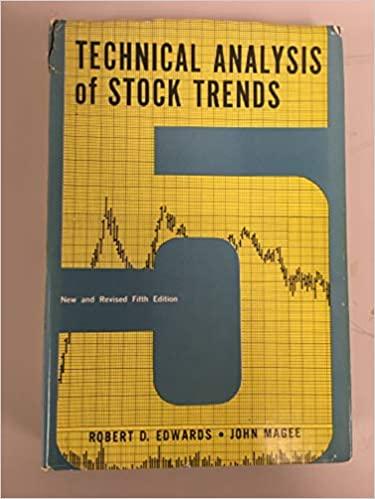apanese companies tend to belong to groups (keiretsu") and hold shares of one another. Because these cross-holdings are minority interests, they tend not to be consolidated in published financial statements. See the following information for Company A and Company B: Company A owns 20% of Company B, the initial investment was 20 billion yen. Company B owns 30% of Company A, the initial investment was 20 billion yen. . . Both companies value their minority interests at historical cost. The year-end nonconsolidated balance sheets of the two companies follow: Company A Company B Yen Billion Balance Sheet Current Assets Fixed Assets Minority Investments Total Assets Debt Shareholders' Equity Total Liabilities Yen Billion 70 70 10 150 50 100 150 120 150 10 280 80 200 280 The annual net income of Company A was 15 billion yen The annual net income of Company B was 40 billion yen. Assume that the two companies do not pay any dividends. The current stock market values are 250 billion yen for Company A and 550 billion yen for Company B The earnings of the two companies, using the equity method of consolidation is: apanese companies tend to belong to groups (keiretsu") and hold shares of one another. Because these cross-holdings are minority interests, they tend not to be consolidated in published financial statements. See the following information for Company A and Company B: Company A owns 20% of Company B, the initial investment was 20 billion yen. Company B owns 30% of Company A, the initial investment was 20 billion yen. . . Both companies value their minority interests at historical cost. The year-end nonconsolidated balance sheets of the two companies follow: Company A Company B Yen Billion Balance Sheet Current Assets Fixed Assets Minority Investments Total Assets Debt Shareholders' Equity Total Liabilities Yen Billion 70 70 10 150 50 100 150 120 150 10 280 80 200 280 The annual net income of Company A was 15 billion yen The annual net income of Company B was 40 billion yen. Assume that the two companies do not pay any dividends. The current stock market values are 250 billion yen for Company A and 550 billion yen for Company B The earnings of the two companies, using the equity method of consolidation is







